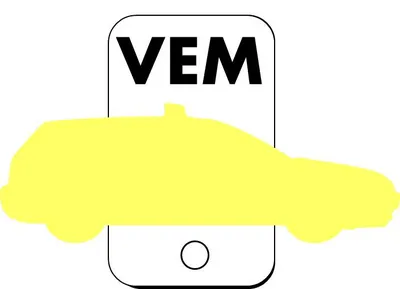VEM - Virtual electromobility focused on taxi and commercial traffic in Munich
Project Completed - Contact: ftm(at)ftm.mw.tum.de

Challenge
Developing the infrastructure of charging units can be seen as a challenge regarding the quick launching of electromobility. In order to achieve a wide spread covering, which is accepted by the end user, high efforts in time and cost have to be made to install suitable charging units.
Furthermore, a lot of customers have problems in estimating if an electric vehicle fulfils already today their daily requirements. Depending on driving behaviour and the given boundary conditions there are application-oriented using scenarios which need to be assessed from the economic, technical and ecological point of view.
Idea / Goal
Within the framework of the project “VEM” concepts regarding vehicles and infrastructure of electrified vehicle fleets are tested by simulation. For doing so, vehicles of the second largest German taxi fleet and selected companies of the Chamber of Handicrafts of Munich and Upper Bavaria, whose employees are dependent on the commercial use of vehicles, are equipped with smartphones. Sensors inside the smartphones record the signals that are necessary for simulation. The goal is to examine different concepts for vehicles and infrastructure regarding taxi and commercial traffic in Munich and its surroundings. As the virtual vehicle architecture of the simulation model can be varied concerning energy storage and drive train it is possible to designsuitable concepts for electromobility. Moreover, in the course of this experiment, different charging possibilities and locations should be set in the simulation programme and the impact on the infrastructure network should be evaluated. This project should result in indicating the effectiveness and costs for an electrification of larger vehicle fleets as regards technical, ecological and economic aspects.
Realisation
- Software development (smartphone app and server-based evaluation)
- Assessment of charging unit infrastructure in Munich
- Analysis of mobility behaviour of Munich’s taxi and commercial traffic
- Virtual experiment based on a simulation model for electric vehicles realised with smartphone applications
- Real experiment for validation of the virtual experiment
- Valuation of the customers’ acceptance regarding electrified vehicle fleets (economic, ecological and technical aspects)